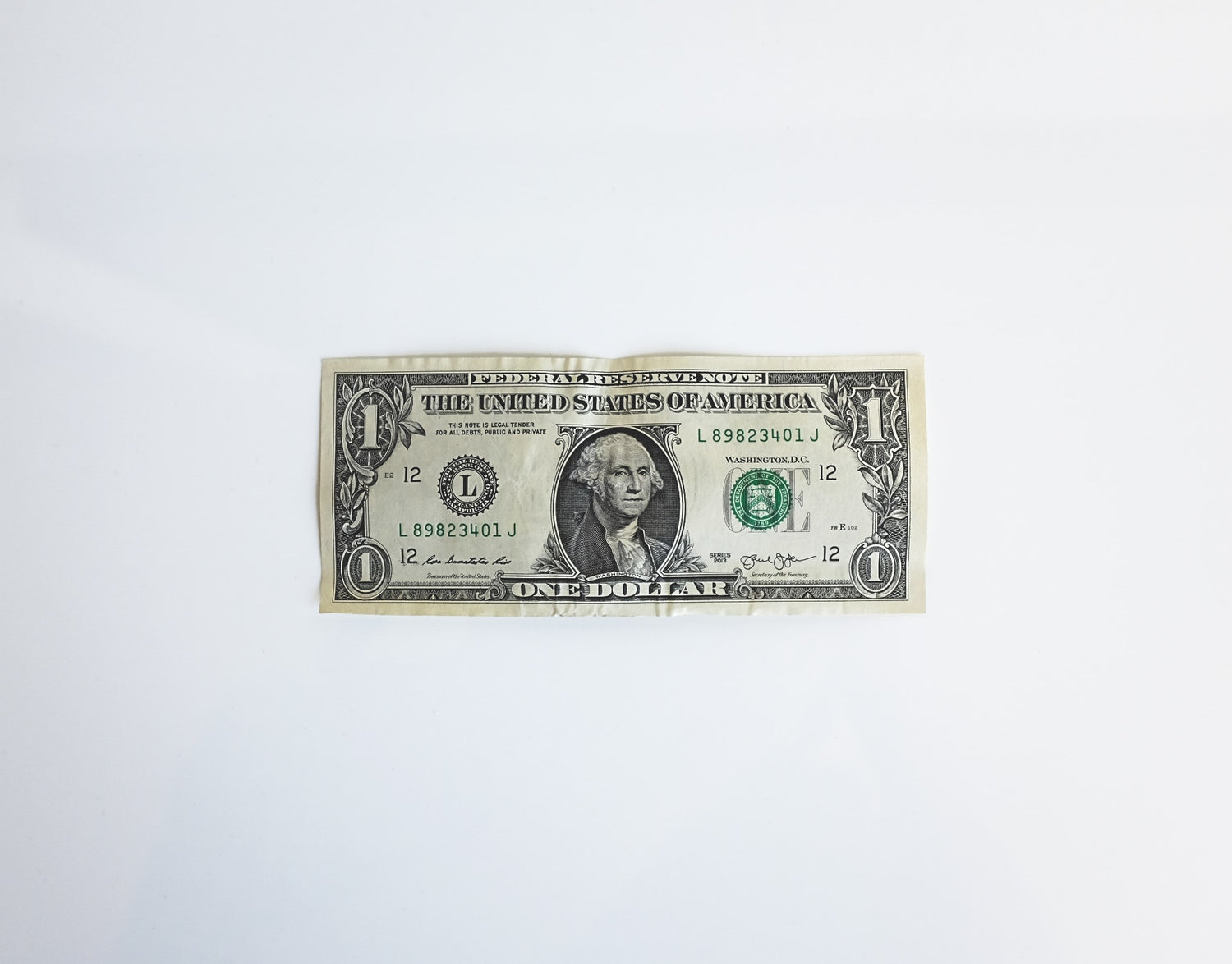Thus far we have analyzed 3 categories of expenses and have found over $1600 in annualized savings. (Click here for the articles on Utilities, Phone Bill, Rent). This may be counterintuitive because we have yet to analyze discretionary spend which is the place that most people start when considering cutting their spend. The reality is you may not have to cut back your discretionary spend or lifestyle at all to save money.
The Average American Carries a Material Amount of Debt: Having established that fact, let's also establish the fact that average American carries a sizable amount of debt. There are roughly 120 million households in the US, 4.25 Trillion in Non-Housing Debt, and 10.99 Trillion in Housing Debt. That is roughly $35,416 in non-housing debt per household or 127,000 in total debt. The following break down is a quarterly measure of the sources of public debt.

With 5% of consumer debt (or $762 Billion) being attributed to credit card debt, which equates to $6,350 in credit card debt per household. As with any financial average we run the risk of this not representative the median household as the end of the spectrum tend to define the average, but it is a useful enough benchmark for us to use to set context. We establish this context, only to suggest that most Americans can find a bit of savings by reducing the discretionary spend on their credit cards.
Note: As referenced in earlier blogs on the topic, the average consumer should be using credit cards to pay for virtually every expense because of the rewards that most cards offer, despite individuals propensity to overspend.
So, how do we begin to look for opportunities to save and/or reduce this debt?
1. Locate your credit card bill - Forgot about downloading an app to track your finances. The vast majority of them are difficult to set up and mask the actual attribution of your spend due to misclassification of your expenses and bad user interfaces. All you need to begin understanding your finances is your monthly bill, which can easily be found on your credit card website and has an itemized list of every purchase that you made during that period.
2. Copy every line item in the bill and paste it into this credit card statement analyzer - Any spreadsheet would work but this one does some of the manual work for you.
3. Assemble this table with the following headers using your credit card bill data:
| Count | Description | Category | Type | Cost |
| 1 | Safeway - Shopping | Grocery & Food | One Time | $10 |
- Count - Count of monthly expenses
- Description - Retailer or Other information (Provided in Credit Card Bill)
- Category - The type of spend in terms of product nature
- Some common categories are (Food, Entertainment, Travel, Transportation, Clothing, Health) don't make too many categories unnecessarily this is just to get a sense for where your money is going
- If you are unable to categorize a certain line item expense you can often search it directly on Google and you should get a clearer idea of where it came from. The dates can also give some clues.
- Type - For each of your line items determine if the purchase is a recurring purchase or a one time purchase. Think of one time purchases as a Trip, Gift for someone else or yourself, or any other infrequent, non necessary discretionary purchase. Think of recurring as a subscription, habit, or necessity.
3. Once you have your table assembled sort the table by price - This can easily be done by highlighting the data table and selecting sort by price in the spreadsheet options.
4. Once you have your table assembled sort the table by price
5. Analyze your Behavior for areas of improvement - Sorting your table by price will hopefully make very clear two behaviors that can lead to inefficient spend:
- Low cost but Highly Frequent Transactions - A lot of us don't think twice about spend less than $10. Think of coffee, breakfast, lunch or maybe a beer after work. These are often things in the moment that don't seem material but compound with regularity that you do them. For example, a $5 daily coffee can turn into a $150 monthly expense (30 days) or $1800 annually (360 days). Paired with a $10 lunch on work days (5 days a week, 50 weeks, 250 days, $2500 annually), can lead to $4300 of annualized or $360 of monthly spend. Pricing on these estimates may even be conservative if your paying over $5 for coffee or $10 for lunch. but cutting the frequency of these events down to half for example equates to $2,150 in annualizing savings.
- If you are struggling to put a $150 monthly expense into context, consider that your wifi, phone, tv, streaming services all likely cost less than this figure individually.
5. Set up for Future Deep Dives - Next sum your price column by category Once you have analyzed your behavior you can now get a sense for your spend according to category. While we won't discuss on the applications of digging in deeply to these categories in this blog it is in important to get a relative sense for your spend in each category and ensure that your spend is roughly aligned with your needs and not necessarily all your wants. For example, its worth taking a closer look at your spending habits if your entertainment costs are significantly greater than your food costs. But again we will delve deeper into this area in the next blog.
In short, digging into your credit card bill is a great way to start to tackle credit card debt or maximize your savings over any timeframe. In the following blogs we will summarize, additional strategies for digging deeper into categories of spend and how to set up a minimum viable budget.





Leave a comment
All comments are moderated before being published.
This site is protected by hCaptcha and the hCaptcha Privacy Policy and Terms of Service apply.